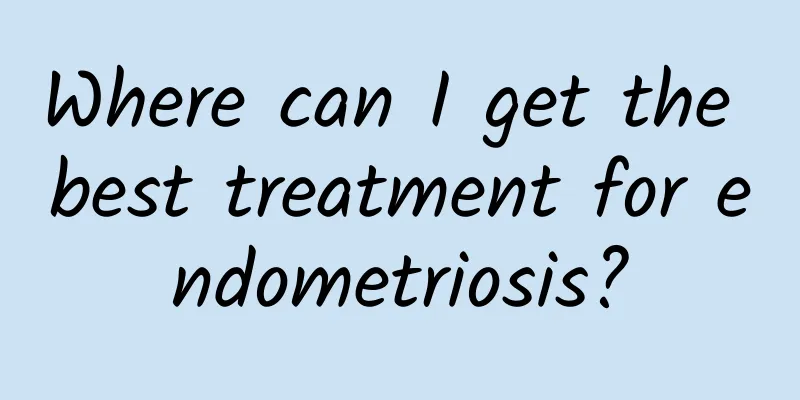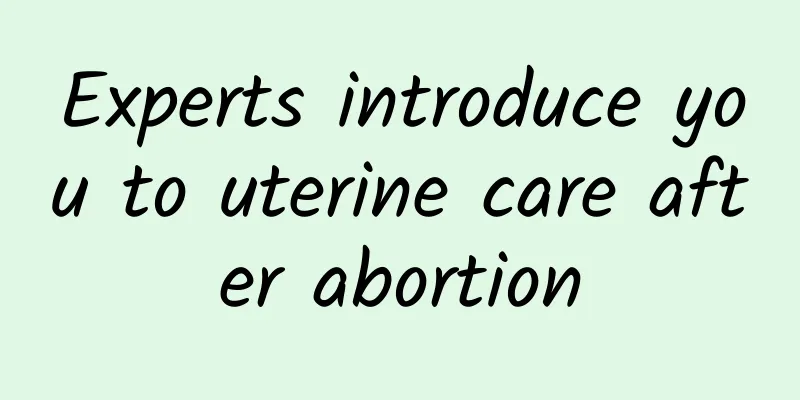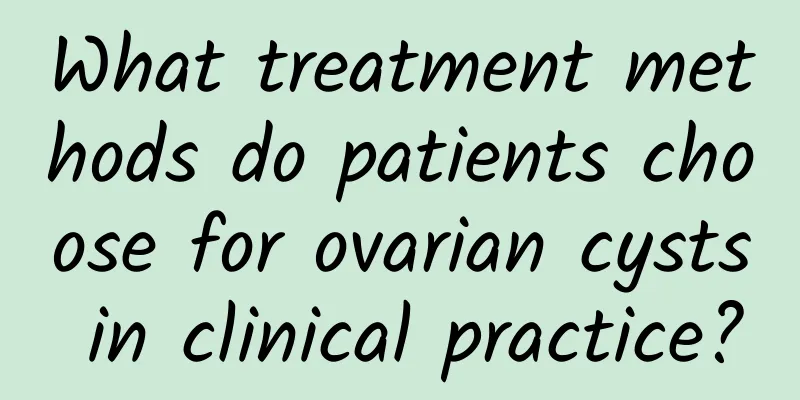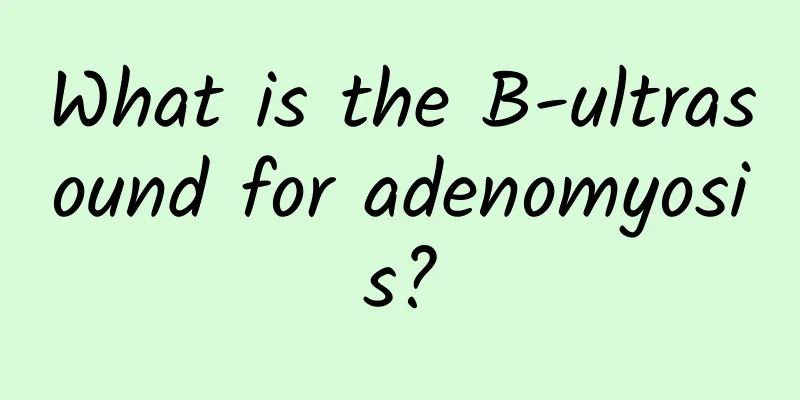What are the symptoms of uterine fibroids and how to treat uterine fibroids

|
Experts recommend treating uterine fibroids as soon as possible. First, you need to understand the symptoms and treatments of uterine fibroids. What are the symptoms of uterine fibroids: (1) Menstrual changes. If your normal menstrual cycle changes, your menstrual blood volume increases, your menstrual period becomes longer, or your menstrual period becomes irregular, you should consider it. (2) Pain. Most patients with uterine fibroids do not feel pain, but a few may experience lower abdominal pain after fibroid infection or uterine deformation. (3) Lumps. The lump may be felt in the lower abdomen, especially when the bladder is full of urine. (4) Pressure. Most patients with uterine fibroids do not feel anything. However, if the fibroid is located low, even if the tumor is not large, it can compress adjacent organs such as the bladder, causing difficulty in urination; if it compresses the rectum, defecation becomes difficult; and if it compresses the ureter, symptoms such as back pain may occur. (5) Infertility: A small number of patients with uterine fibroids may suffer from infertility because the deformation of the uterus makes it difficult for the fertilized egg to implant. Treatment of uterine fibroids: 1. Conservative treatment Conservative treatment of uterine fibroids must meet the following conditions: tumor size does not exceed 6 weeks of pregnancy; menopausal, asymptomatic; patients who cannot tolerate surgical pain. Conservative treatment is divided into two categories: expectant treatment and drug treatment. 2. Surgical treatment The conditions for surgical treatment are as follows: the size of the fibroid is close to the uterus of pregnancy for more than one and a half months. However, if the fibroid grows rapidly, the fibroid protrudes from the abdominal cavity and has a tendency to twist, surgical removal should also be performed. Surgical treatment is divided into hysterectomy and hysterectomy and laparoscopic myomectomy. 3. Minimally invasive coagulation knife technology This is a high-end medical technology that integrates various electronic technologies. It is suitable for the following people: patients with large uterine fibroids that cause pelvic congestion, obvious clinical compression or depression symptoms; patients with increased uterine volume up to 3 months of pregnancy, increased menstrual volume, and severe secondary anemia. After uterine fibroids occur, we have introduced some symptoms and treatment measures in detail. Mastering this knowledge can help women discover it in time. We hope that understanding these treatment methods can help women avoid misunderstandings during the treatment process. |
<<: What are the symptoms of uterine fibroids? Can uterine fibroids also cause urinary difficulties?
Recommend
Does cervicitis affect pregnancy?
Does cervicitis affect pregnancy? Cervicitis is a...
How should patients with cervical erosion pay attention to diet? Patients with cervical erosion should pay attention to these points in their diet
Many women will suffer from cervical erosion afte...
When checking for irregular menstruation, pay attention to your own endocrine problems
Organic diseases or dysfunction are the main caus...
What should patients with uterine fibroids pay attention to? Is surgery necessary for uterine fibroids?
For patients with myoma, the age for hysterectomy...
The calories are amazing! 100g tofu ≒ 1 bowl of rice
Food experts say: "Processed 100-sheet tofu ...
Beware of cervicitis caused by excessive cleaning of the genitals
MicrosoftInternetExplorer402DocumentNotSpecified7....
How big is the left ovarian cyst and how to treat it
Ovarian cysts bring many dangers to women. If a p...
Is female cervical erosion related to cervical cancer? What harm does female cervical cancer cause?
Many women have misunderstandings about the relat...
Precautions after Lip Knife Surgery: 6 things you must pay attention to when doing Lip Knife Surgery
Cervical erosion is a common gynecological diseas...
How to regulate irregular menstruation during menopause 4 tips to effectively improve irregular menstruation
1. Psychological care Irregular menstruation is c...
How to effectively prevent pregnancy after abortion
Abortion is a surgery performed for an unwanted p...
TCM treatment of threatened abortion
From the perspective of traditional Chinese medic...
Women should be wary of excessive exercise leading to amenorrhea
Amenorrhea can cause female infertility, which sh...
It's a little yellowish brown, not like menstruation.
What is it that is a little yellowish brown and d...
Loose skin after losing weight? With the help of plastic surgery, you can reshape your body and build firm, firm and slim muscles.
Weight loss has become one of the goals of modern...









